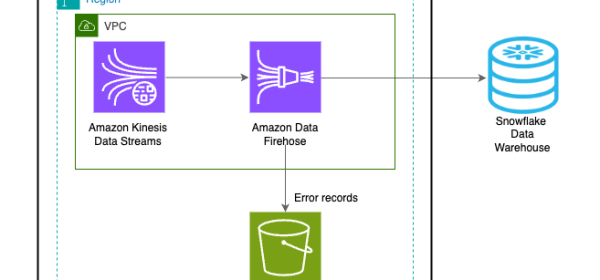Ather Williams III, Senior EVP of Wells Fargo, has driven significant changes in digital banking. Their mobile app has seen a 30 million user growth, with innovative features like the AI-powered digital assistant, Fargo. The expansion of digital-first financial advice and the adoption of generative AI are part of their future plans, despite current challenges.










